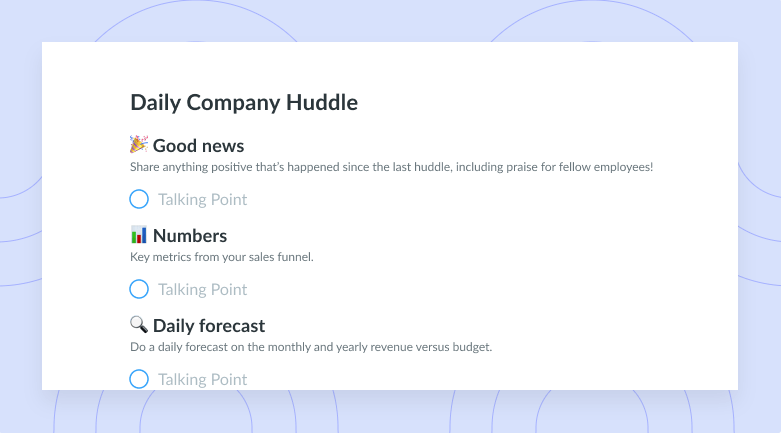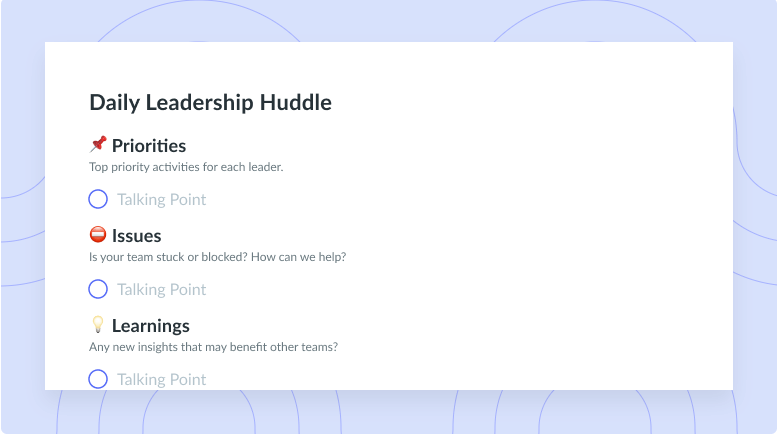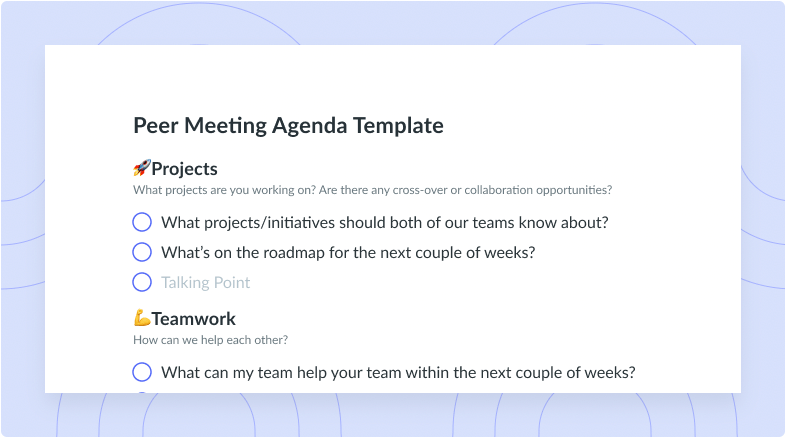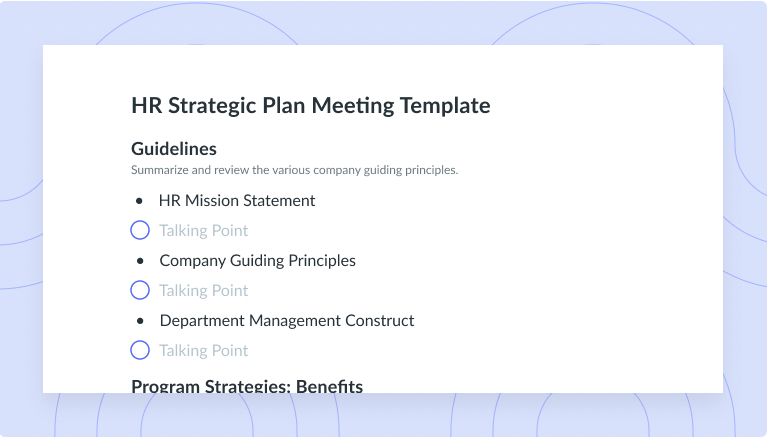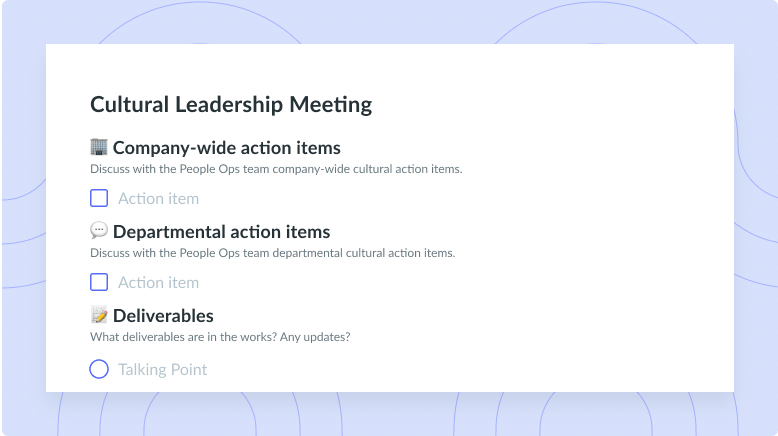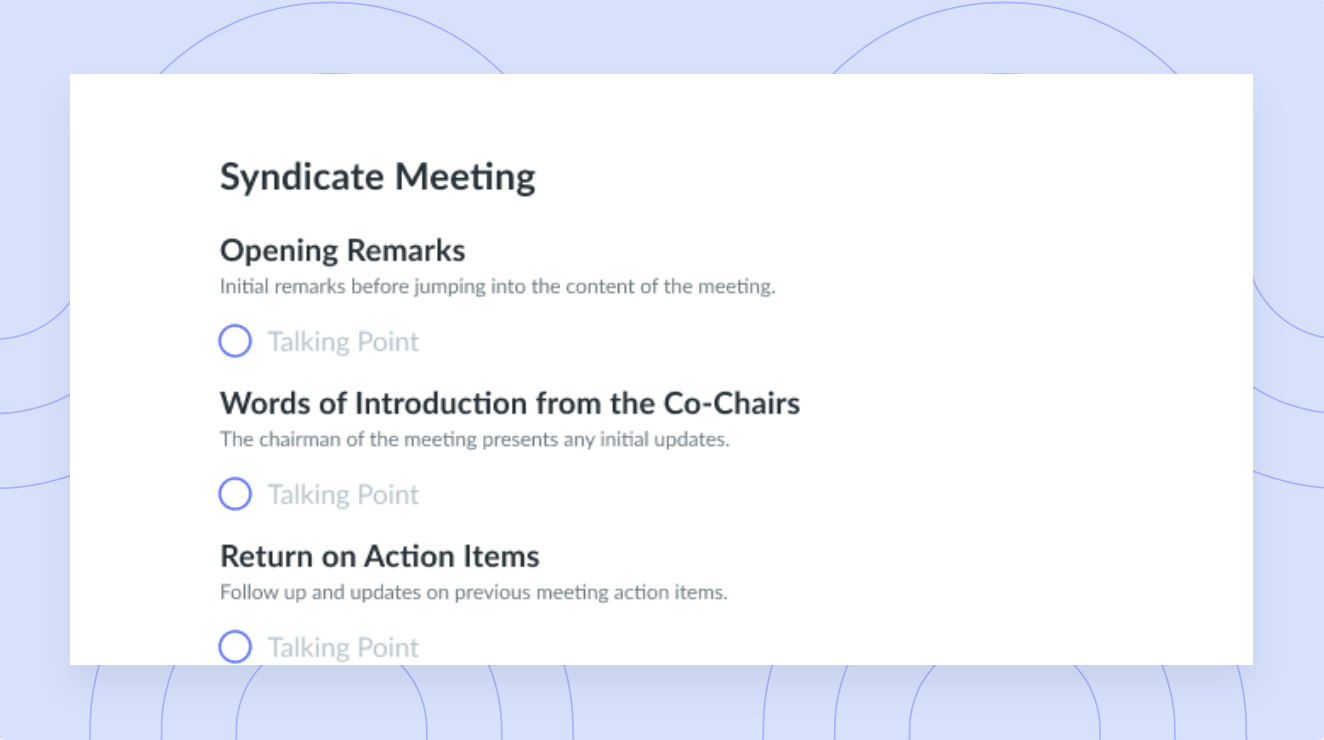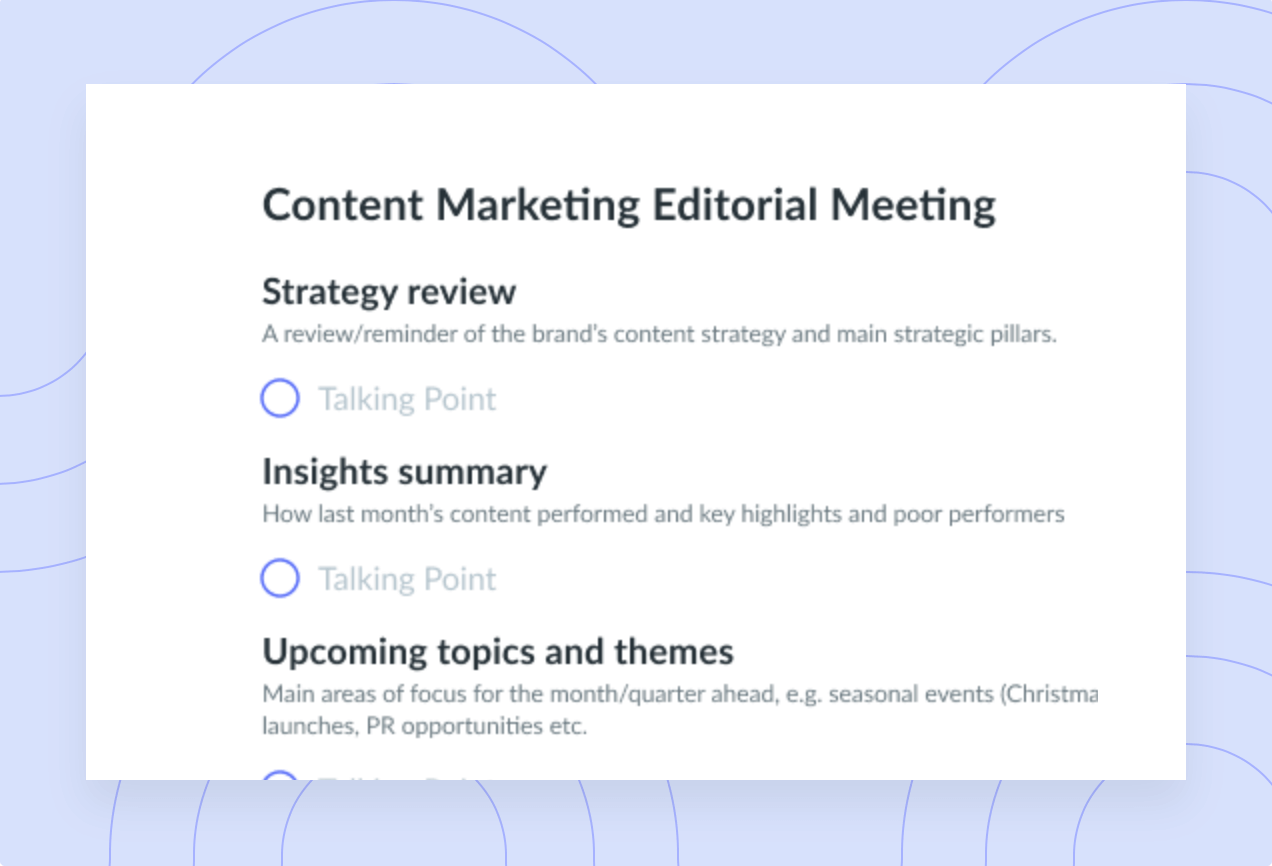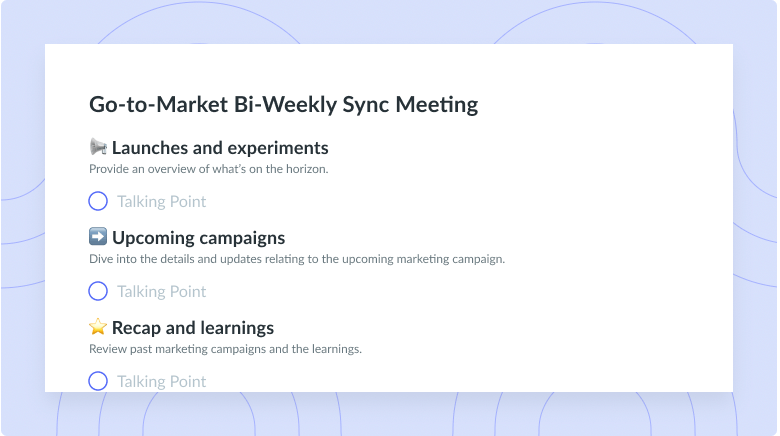6 Ways to Cultivate Positive Workplace Behavior
Use these 6 strategies to embed your culture and values into how your team works together on a daily basis.
The importance of organizational culture is well recognized; around the world, companies are striving to create work environments that attract and retain top talent and build the foundation for organizational growth. However, in many cases, negative behavior in the workplace undermines these efforts. McKinsey research shows unhealthy workplace behavior is the single biggest predictor of employee burnout and intent to leave the company. Additionally, over 60% of negative workplace outcomes are a result of poor behavior.
According to Bo Brabo, to address these challenges, teams must align their behaviors with their values.
“Culture is the result of our behaviors and not just how we act individually, but collectively, in our organization. I created the formula ‘behaviors over time, multiplied by everybody in your company’ because everybody is going to produce your culture, good, bad or indifferent.”
— Bo Brabo, HR Leader and author of From the Battlefield to the White House to the Boardroom, on episode 17 of the Supermanagers podcast
With a widespread impact, workplace behavior encompasses how employees treat each other, how they engage with customers, and how they accomplish their tasks. Read on for information on what positive behavior looks like at work and a guide for embedding it in your team’s culture.
- What does positive workplace behavior look like?
- Why is positive workplace behavior important?
- 6 ways to cultivate positive workplace behavior
- How Fellow helps cultivate positive workplace behavior
What does positive workplace behavior look like?
A work environment shaped primarily by positive behavior looks very different from one where negative behavior is common. If your current work environment demonstrates the characteristics listed below, your team is likely headed in the right direction. If not, keep reading for strategies to help you improve!
A supportive workplace
In a positive work environment, managers and employees go out of their way to support their team and help each other succeed. For example, people celebrate each other’s success, help each other with prioritization and task management, and regularly check in with one another.
Job security
Another sign of positive workplace behavior is that people feel secure at work and don’t regularly worry about losing their jobs. Many behaviors can help promote a sense of job security; for example, communicating effectively, recognizing employee efforts, and offering an array of training opportunities.
Team alignment
A shared vision and goal alignment are key to a healthy, productive work environment. Regular group reflection and consistent communication are essential for maintaining alignment. For example, an effective practice for managers is to run an alignment meeting at the beginning of each new project or initiative.
Professional development opportunities
You can promote positive behavior by offering meaningful professional development opportunities to your team. When employees have access to leadership coaching, skill-based training, mentorship opportunities, and more, they will be more likely to feel fulfilled and stay engaged at work. Encouraging your team members to set professional development goals and regularly checking in will increase their job satisfaction while upskilling your team.
Why is positive workplace behavior important?
Actively cultivating positive workplace behavior has a wide range of benefits for everyone in your organization. Your executive team might have a shared vision for your company’s culture, but if people’s behavior on a daily basis isn’t aligned with this vision, you’ll never achieve it. Negative workplace behavior can result in lowered job satisfaction, psychological harm, harassment, high turnover rates, and more. Ensuring positive behavior is also key to your team’s productivity. For example, good communication practices, effective collaboration, and a willingness to take accountability are all essential for a productive work environment. Negative behavior also directly affects your bottom line due to decreased productivity, damage to your company’s reputation, and difficulty hiring and retaining talent.

Build a culture of effective meetings
Level up your meeting habits to boost engagement and productivity with a collaborative meeting agenda. Try a tool like Fellow!

6 ways to cultivate positive workplace behavior
- Maintain good managerial relationships
- Create an effective communication plan
- Set clear OKRs
- Make it a team effort
- Foster company alignment
- Promote a healthy work-life blend
1Maintain good managerial relationships
According to McKinsey research, the number one factor affecting job satisfaction is the quality of the relationships employees have with their managers. Mutual respect between managers and employees promotes willingness from both sides to support each other and improve performance. It’s also critical to enable open two-way communication to build trust and foster psychological safety. For example, we recommend scheduling recurring one-on-ones to connect with your team individually and build strong manager-employee relationships. Use a project management software like Fellow during these meetings to monitor progress and make sure you’re always on the same page.
2Create an effective communication plan
When work gets busy, it’s easy for communication to slip and for team members to feel in the dark or experience miscommunication. Spending some time creating an internal communication plan will give you a plan to stick to and foster shared communication expectations. Start by outlining a strategy for your team’s communication channels, frequency, and best practices.
For example, using messaging instead of email can help prevent internal comms from getting lost in people’s inboxes. Keep your communication plan simple and regularly measure its effectiveness for the best results! Sending out team surveys is a great way to get feedback from your team on what’s working and what’s not.
3Set clear OKRs
Objectives and key results (OKRs) will help guide your team’s actions and decision making. To write your OKRs, outline your company’s strategic objectives and then identify the key results you’ll use to measure progress towards your objectives. For example, an objective could be to ensure customer satisfaction and a key result could be to achieve a net promoter score of 42 or higher. Make sure to get your team’s input when creating your OKRs so everyone is aligned on shared goals.
A great way to track the progress of your OKRs is to use Fellow’s Objectives tool. You can easily add your objectives and key results, review your goals during meetings, and assign action items to promote transparency and accountability.
4Make it a team effort
As Bo Brabo says, “Everybody is going to produce your culture, good, bad or indifferent.” To cultivate positive workplace behavior, all team members need to be involved—not just your employees or your leadership team! Meet with your team to set expectations for behavior and discuss both positive habits and things to avoid. Make sure to be an active listener and get feedback on how you can better support your team as well.
Remember: Encouraging specific positive behaviors on your team doesn’t mean that everyone has to act exactly the same. When every team member is accountable in their own way, your whole team shares responsibility for building a thriving team culture.
5Foster company alignment
Team alignment ensures that everyone’s on the same page and collective goals are achieved. When employees are aligned, they share a single vision, employ a shared language, and move in the same direction. Fostering alignment can help cultivate positive workplace behavior by increasing motivation and morale because people understand and believe in the why behind their work. It also improves communication; when everyone’s working towards shared goals, cooperation and teamwork become natural. To improve alignment, focus on clearly articulating company goals, hold regular alignment meetings, try implementing team-building exercises, and cultivate a growth mindset across your team.
6Promote a healthy work-life blend
Laying the foundation for positive workplace behavior doesn’t just happen at work; encouraging your team to achieve a healthy work-life blend is essential. Like work-life balance, work-life blend refers to finding a successful balance between your work life and personal life. However, striving to achieve a blend can allow you to integrate all aspects of your life instead of separating them.
Ways you can support your team members’ work-life blends include implementing a hybrid work schedule, holding regular one-on-one meetings, encouraging employee autonomy, and leading by example. Work-life blending is an effective way to increase happiness in the workplace, which will also help facilitate positive behavior.
How Fellow helps cultivate positive workplace behavior
Your team might start off feeling motivated to improve how you work together, but how do you make good behavior stick in the long run? Using the right tools can help everyone stay committed to effective work habits when times are busy. Here are a few ways Fellow can help you reinforce positive behavior:
- Run effective meetings: Apply meeting best practices across your organization with our Meeting Guidelines. These guidelines are automatically integrated into every Google Calendar event so you can easily increase meeting effectiveness. For example, a built-in meeting cost calculator, recommended limits on attendees, no-meeting days, and scheduled breaks will boost engagement and facilitate thoughtful meeting creation.
- Lead structured one-on-ones: Regular one-on-ones help managers establish trust and effective communication with their direct reports. You can use Fellow to prepare ahead of time, follow up on action items, and reference past conversations to build relationships with your team and encourage positive behavior.
- Accomplish your goals: Improve accountability and help everyone stay motivated by clearly recording, defining, and tracking your goals. You can use Fellow’s Objectives tool to add team objectives, specify key results, and regularly review progress during team meetings and check-ins.
- Leverage collaborative meeting agendas: When everyone can contribute to a meeting agenda and prepare ahead of time, they’ll feel more engaged and included in your conversations. With Fellow, every meeting agenda is collaborative to drive engagement before, during, and after meetings. You can also use our AI-generated agendas to help your team brainstorm key talking points.
- Provide regular feedback: Use our Feedback feature to share real-time feedback on meetings, projects, and performance. Consistently acknowledging wins and highlighting areas for improvement will cultivate a growth mindset and build a culture of feedback and recognition.
- Foster consistent communication: Regular meetings are essential for creating alignment, improving decision making, promoting inclusion, and more. Use Fellow to ensure every conversation is productive and help your team improve behavior around communication.
Parting advice
Workplace behavior is incredibly important in every organization. How employees act on a daily basis directly affects how successfully they work together, how motivated they feel, their performance and productivity, and your organization’s culture. While behavior change is never easy, one of the best ways to shape people’s behavior is to set an example through positive leadership. By modeling good habits and successful collaboration, you’ll help your team members flourish at work while achieving organizational goals. Don’t forget to check out the Fellow blog for more tips and strategies on how to be an effective leader!
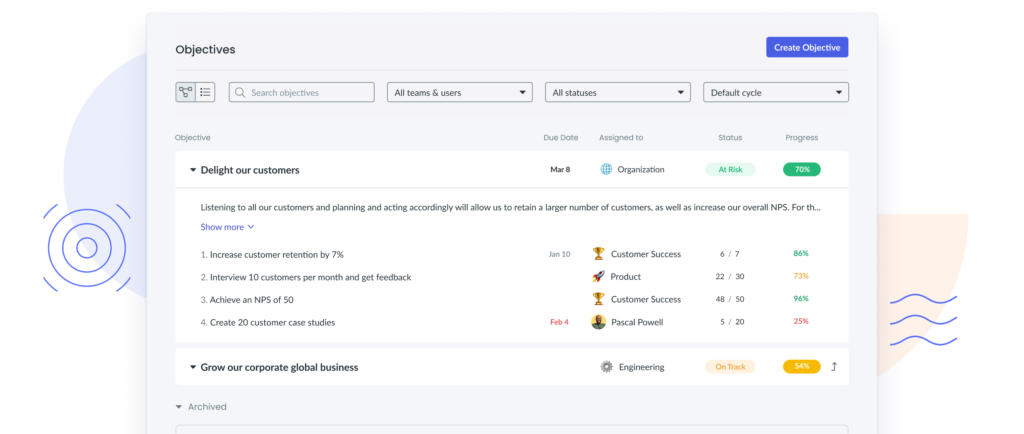
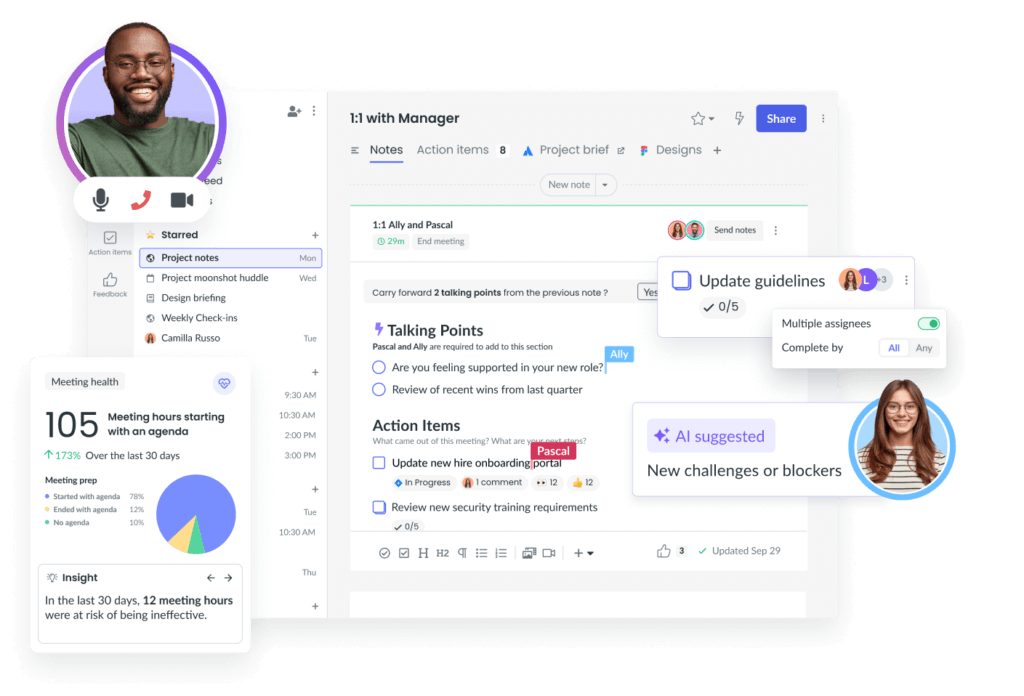
![How to Create a Team Agreement [+3 Examples]](https://fellow.app/wp-content/uploads/2023/05/team-agreement2.jpg)
![Management by Objectives (MBO) Strategy: 5 Steps [+Example]](https://fellow.app/wp-content/uploads/2023/06/Management-by-objectives-MBO2.jpg)
![25 Military Leadership Quotes to Try [+ Free Template]](https://fellow.app/wp-content/uploads/2022/05/Military-Leadership-Quote.jpg)






